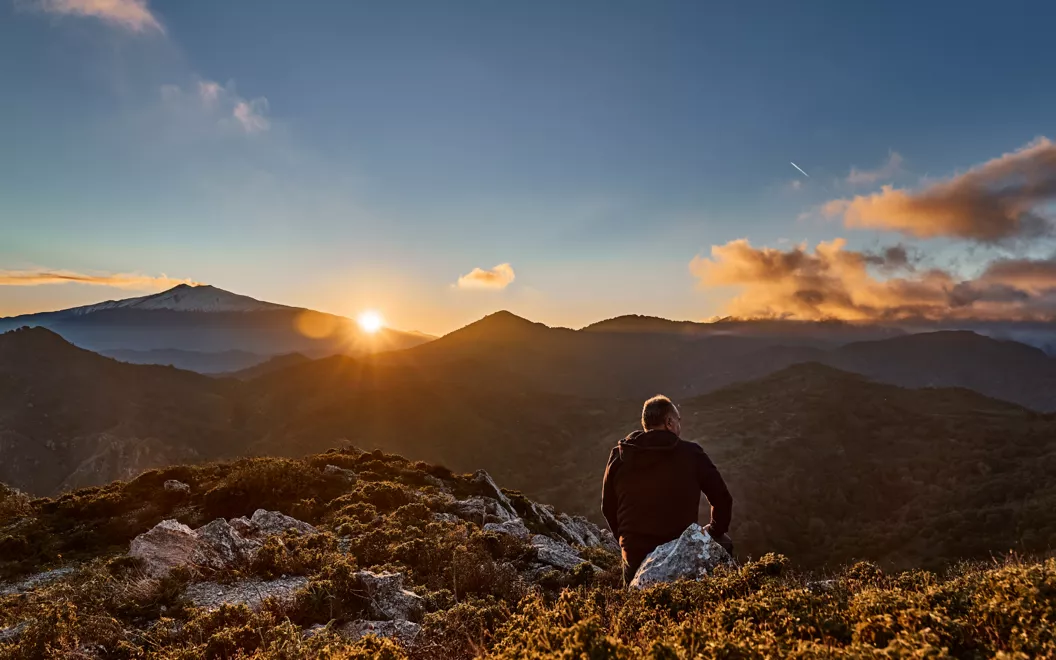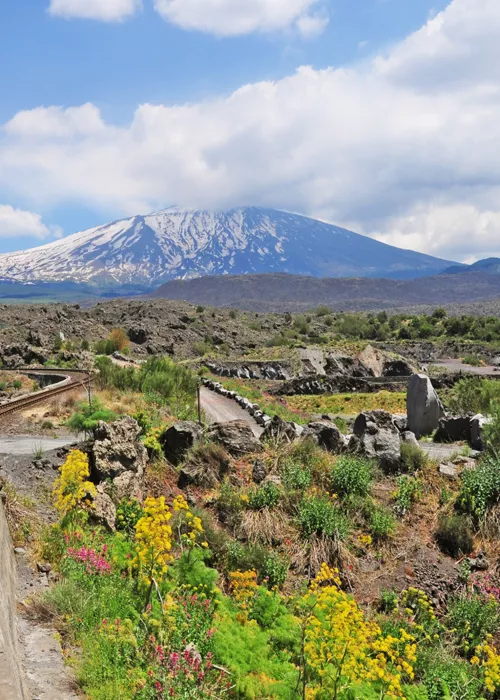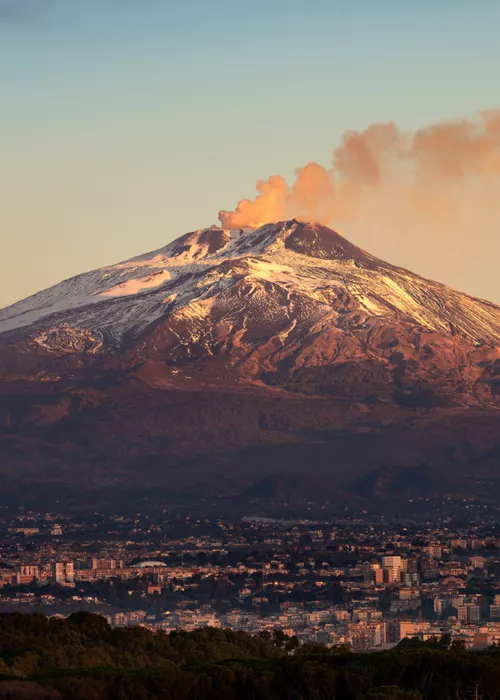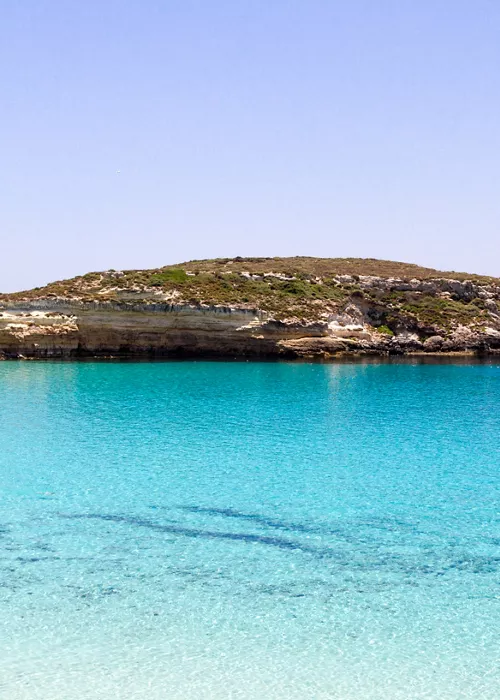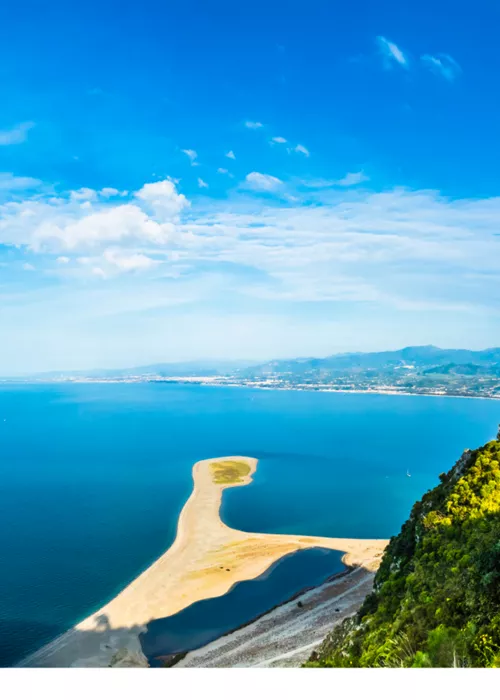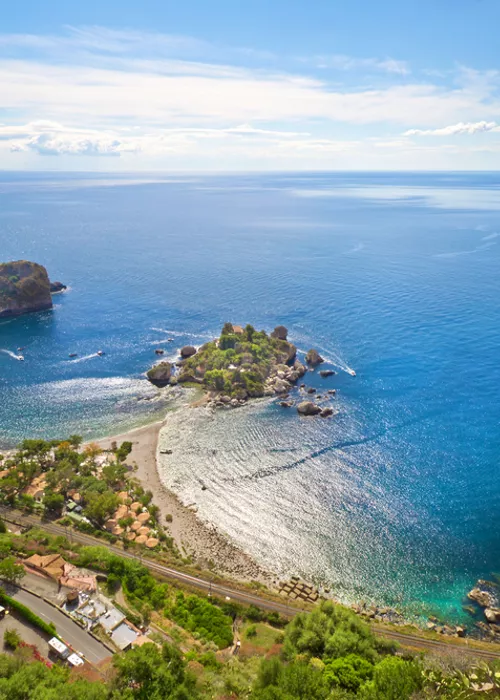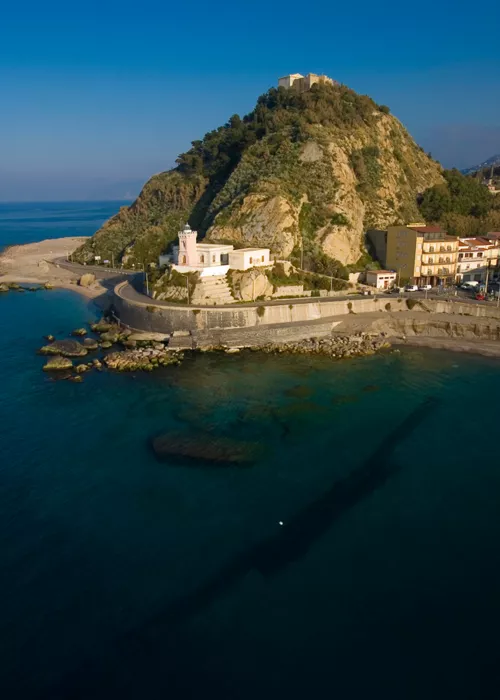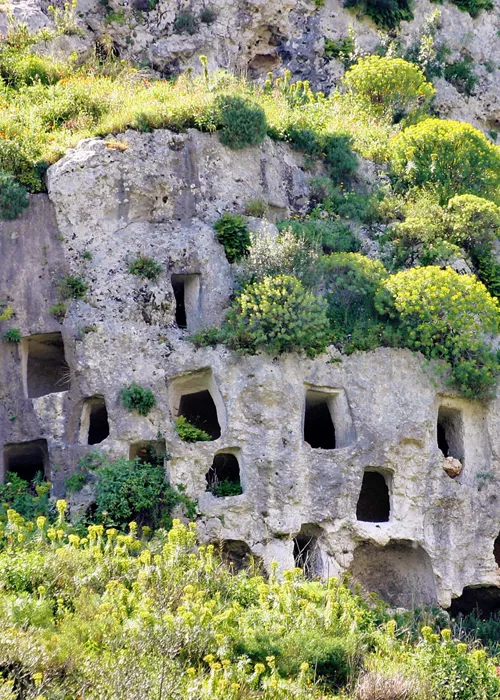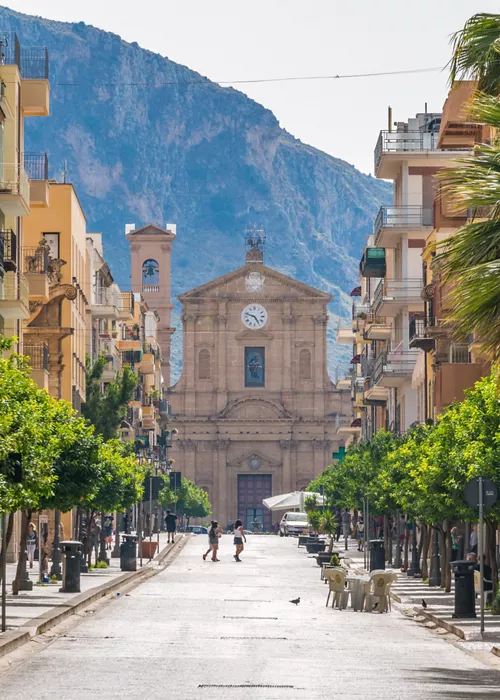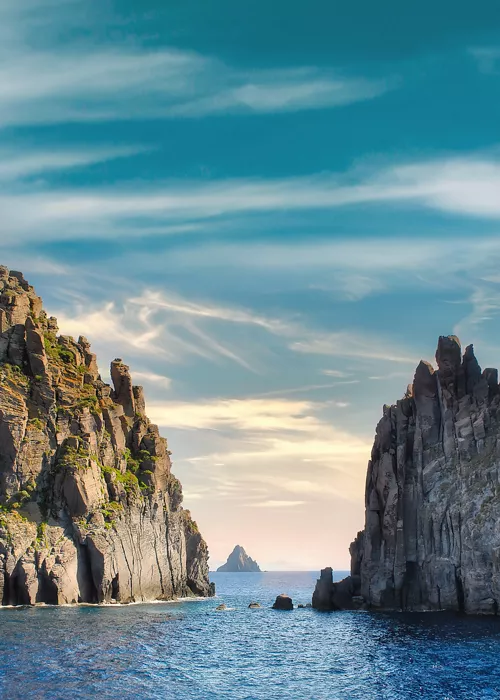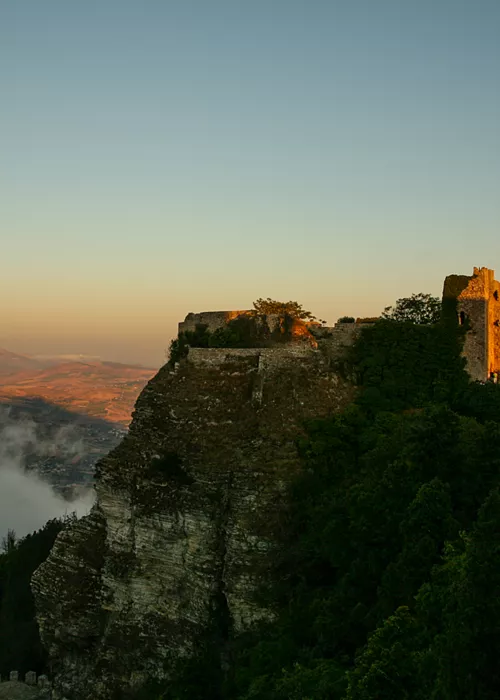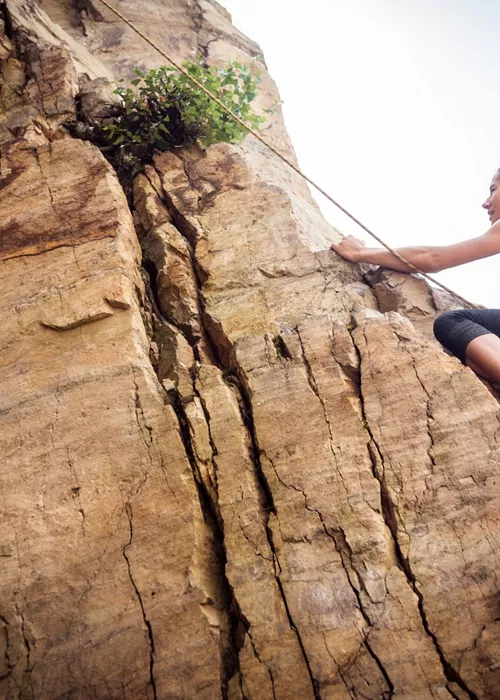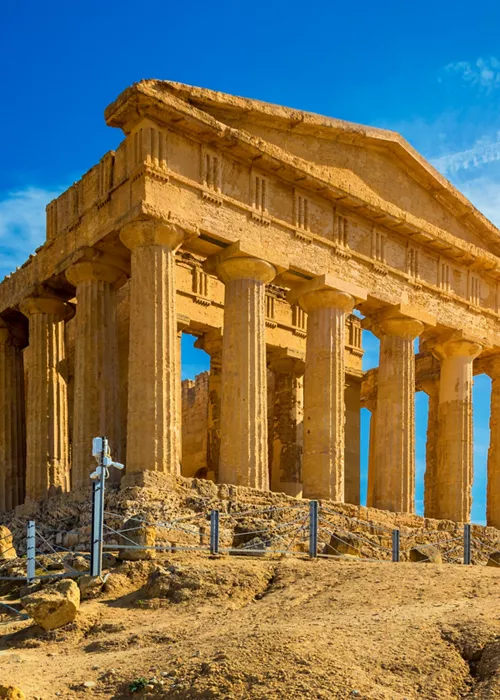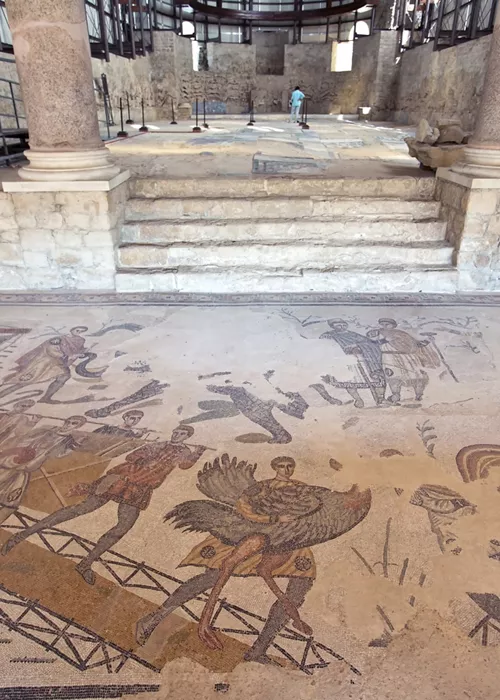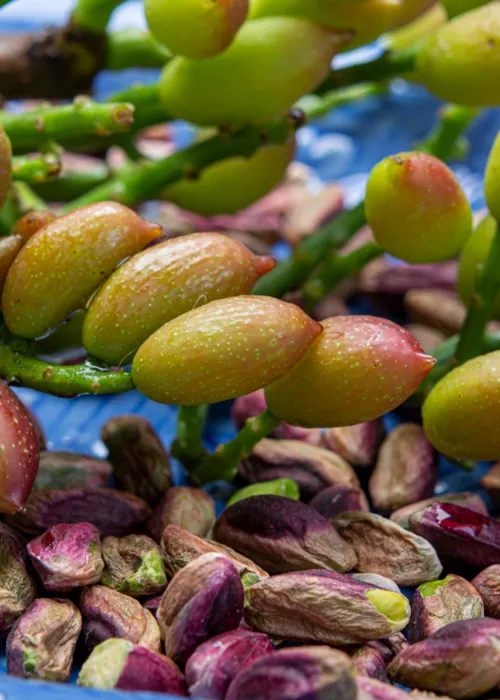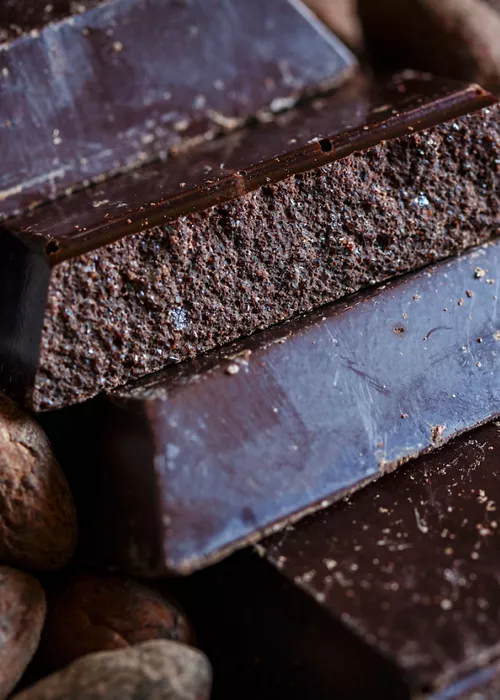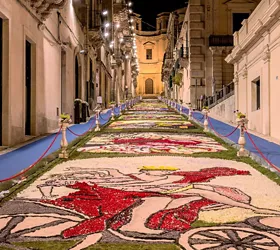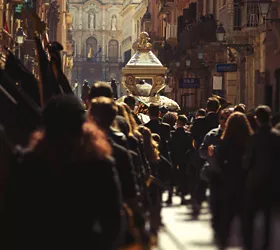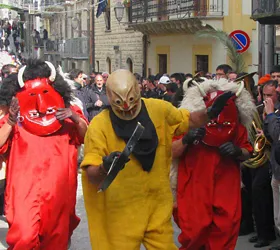Sunset is the best time to visit Etna Park and experience the heart of the volcano
4 minutes
Visiting Etna Park in the middle of summer? Sunset is the best time to visit the volcano; it is less crowded, and the sun is not mercilessly beating down on the lava, with no sign of shade. The golden evening light creates magical views over the edge of the Valle del Bove.
There are many ways to enjoy sunset in the Etna National Park, with trails you can explore independently or on a guided excursion, by foot or off-road vehicle. You can even climb the volcano by cable car.
Sunset on Etna from the southern slope
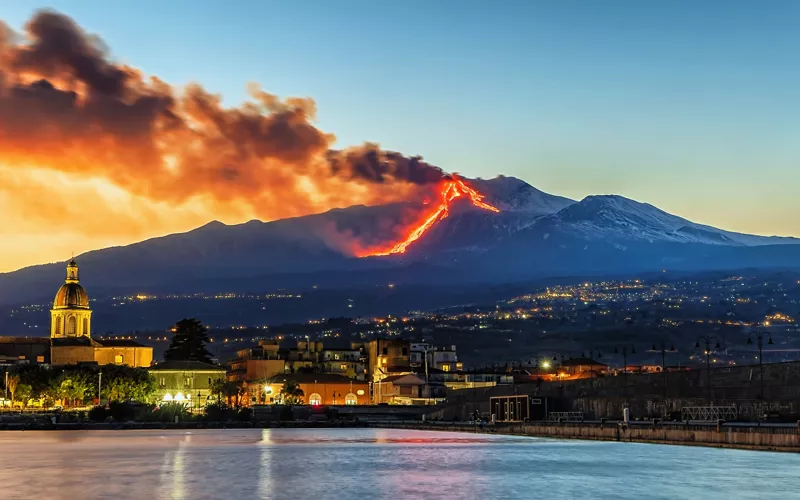
This side of Etna is the closest to Catania and the easiest to reach via the village of Nicolosi. The Etna Cable Car departs from the Rifugio Sapienza mountain shelter, taking you from 1,900 to 2,500 metres above sea level in 15 minutes to the area known as the Montagnola. You can then proceed on foot to the summit craters, accompanied by an expert alpine or volcanology guide, or take an off-road vehicle up to 3,000 metres.
Near the Rifugio Sapienza, you can visit the Silvestri Craters, dating back to the 1892 eruption. The nearest is a five-minute walk from the car park, but don’t miss the upper Silvestri Craters. The trail takes about 20 minutes.
For an unforgettable experience, take the last cable car ride of the afternoon, continue on foot to feel the beat of the volcano under the soles of your shoes and wait for sunset at the summit. Head down the sandy descent by moonlight as the first stars appear. You can’t get lost – just follow the cable car pylons.
Sunset on Etna from the eastern slope
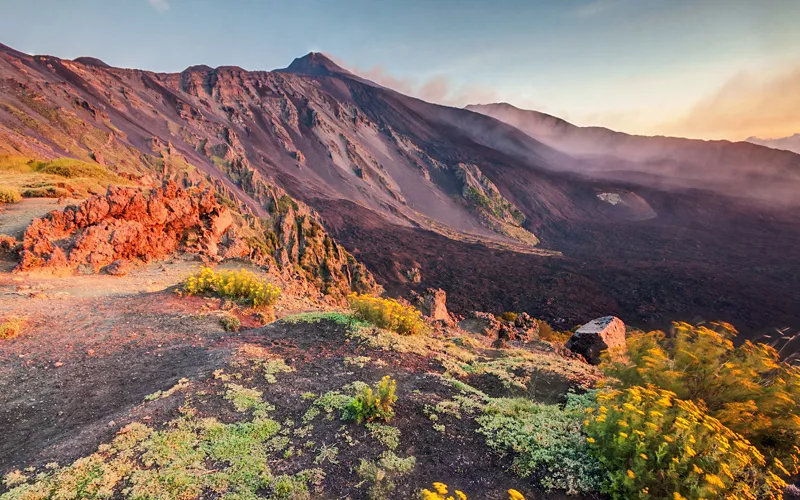
On your way up Mount Etna from the Mareneve road, stop by the Sartorius Mountains, an extraordinary cluster of seven extinct craters created by the 1865 eruption. You can walk along a very accessible path that ascends and descends along the rim. After visiting the Sartorius, continue by car to the 1,700-metre high Rifugio Citelli. The Serracozzo path begins its ascent here. Along the way, you will come across the Serracozzo cave, one of the most beautiful on Etna. A beam of light enters this lava tube, illuminating it from above.
Continuing along the path, you will pass through a birch forest. Betula aetnensis is a species endemic to Sicily that thrives on the eastern and western slopes of the volcano, having adapted to both the lava soil and temperatures. The route ends at the rim of the Valle del Bove, the gigantic caldera where most of the lava flows comes to an end. You can also view Monte Frumento delle Concazze, one of the volcano's largest secondary craters.
We recommend setting off on the Serracozzo trail in the afternoon, so you can watch the sunset bathe the Valle del Bove in red light. The uphill route takes about three hours. Once evening falls, you go back along the sandy descent with torches. The trail is well signposted, and you can travel on your own or with a guide.
Sunset on Etna from the northern slope
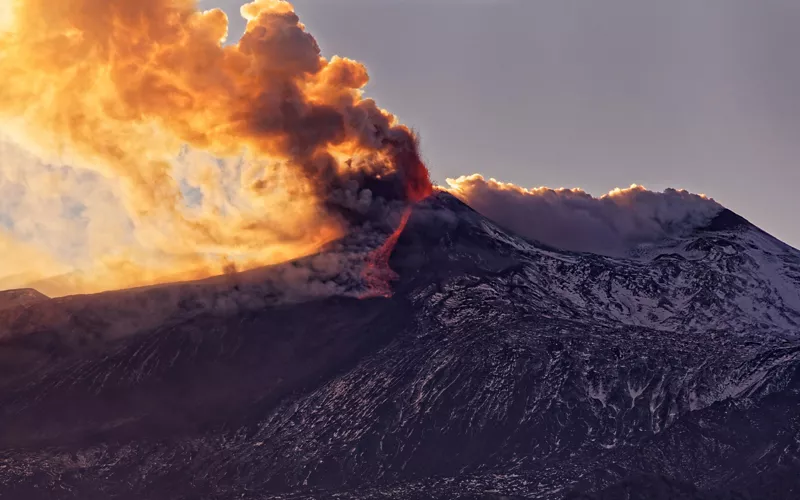
You can reach Piano Provenzana from the village of Linguaglossa, where, at an altitude of 1,800 metres, a path accessible by foot or off-road vehicle begins, taking you to the 2,900-metre-high Volcanological Observatory at Pizzi Deneri. It is located on the edge of the Valle del Leone - smaller than the Valle del Bove but no less fascinating. From here, you can see the ridges of old lava flows that have overlapped each other over the decades, creating a captivating wave effect.
Directly opposite is the South-East Crater, formed in the early 1970s. Since then, it has been the most active of Etna's four summit craters. If you are lucky, you will witness an eruption that will turn glowing red after sunset. You will have a front-row seat - in total safety, of course! On clear days, with your back to the crater, you can enjoy breathtaking views as far as the Calabrian coast and the Aeolian Islands.
On the way to the Observatory, you cross the old eruptive vents of 1809 and the more recent craters of the 2002 eruption that dot the landscape. You can walk along the calderas, with their intense reddish colour, and admire the path of the lava flow that has made its way through the green vegetation, stark against the blackness of the rocks.
Another path starts from Piano Provenzana and leads from the ancient volcanic cone of Monte Conca to Monte Nero delle Concazze, a cone of volcanic scoria near the so-called Abisso di Monte Nero (Monte Nero abyss). This deep fracture, considered the longest on Etna, dates back to the 1923 eruption. More than 1 km has been explored.
There is nothing like standing on top of Mount Etna at sunset to feel the heart of the volcano beating beneath your feet.

